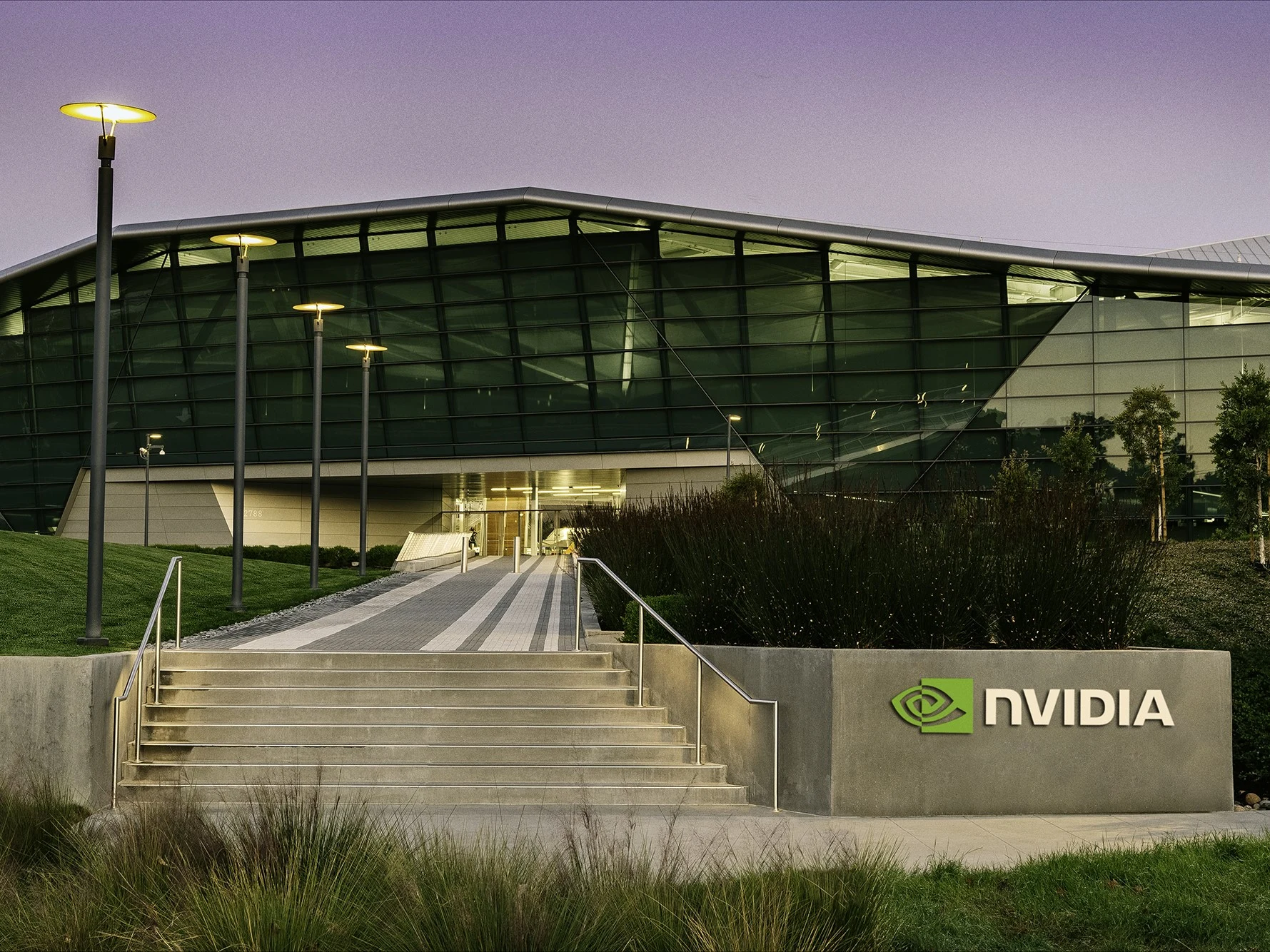Key Takeaways
1. Nvidia faced a $5.5 billion loss due to U.S. government restrictions on chip shipments to China.
2. Rising costs from material, logistics, and tariffs have led Nvidia to increase prices for nearly all its products.
3. The GeForce RTX 5090 price rose by over 10%, with other RTX 50-series cards increasing by 5-10%.
4. AI silicon demand remains strong despite export restrictions, supporting Nvidia’s financial stability.
5. Nvidia projects significant revenue growth, estimating around $43 billion for the upcoming quarter, a 65% increase year-on-year.
Nvidia is changing its pricing approach due to a mix of outside challenges. As per supply-chain reports from Digitimes Taiwan, the firm faced a hefty loss of $5.5 billion after the U.S. government stopped shipments of its H20 chips to China. At the same time, the transfer of Blackwell production to TSMC’s facility in Arizona, along with increased costs for materials, logistics, and tariffs, has caused expenses to rise significantly.
Price Increases for Products
To safeguard its profit margins, Nvidia has raised the official prices “for nearly all of its products” and has permitted board partners to do the same. The channel price for the prominent GeForce RTX 5090 has surged from about NT$90,000 to NT$100,000 ($2,966 to $3,295)—an over 10 percent rise since its launch. Other cards in the RTX 50-series have also seen price hikes of 5-10 percent. Datacenter equipment hasn’t been immune either: the H200 and B200 modules now carry an increase of around 10-15 percent, a cost that server vendors are starting to transfer to their customers.
Continued Demand for AI Silicon
Even with the export restrictions and rising tariffs, the need for AI silicon from both U.S. and global cloud service providers remains robust. Therefore, supply-chain insiders anticipate that Nvidia’s financial results for the quarter ending in late May will align with their previous guidance and exhibit “excellent profit performance.” The company reported a revenue of $39.3 billion in its last quarter and has projected around $43 billion for the upcoming period, suggesting a year-on-year growth of approximately 65 percent.
Source:
Link


Leave a Reply